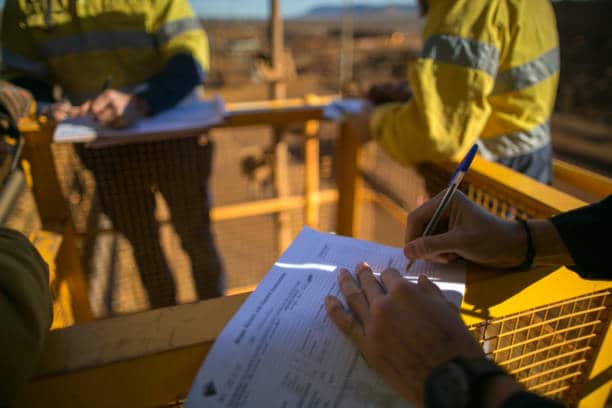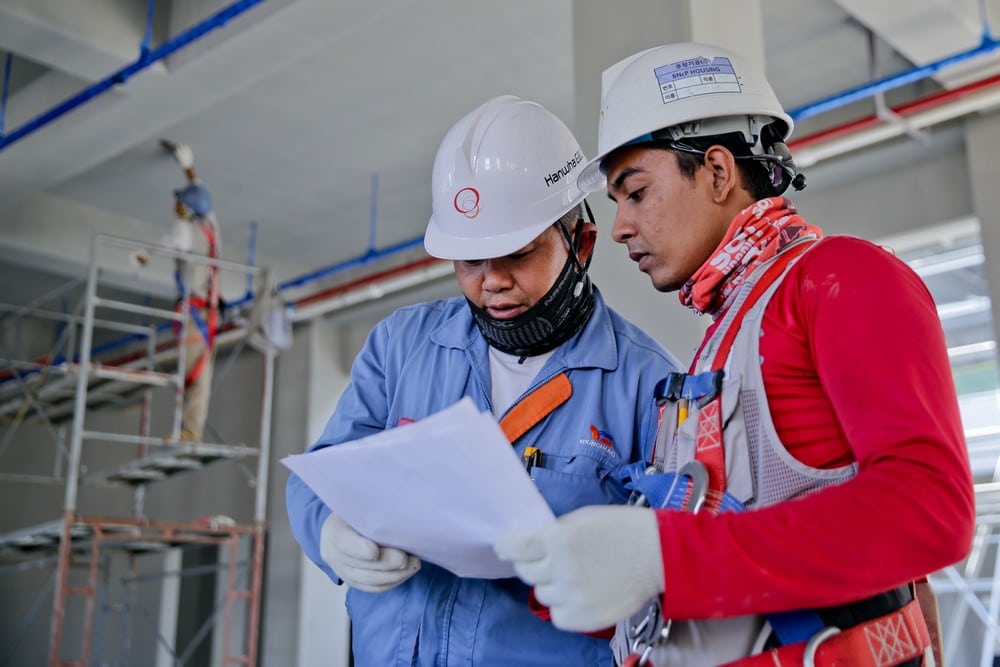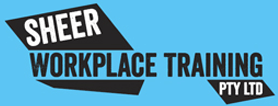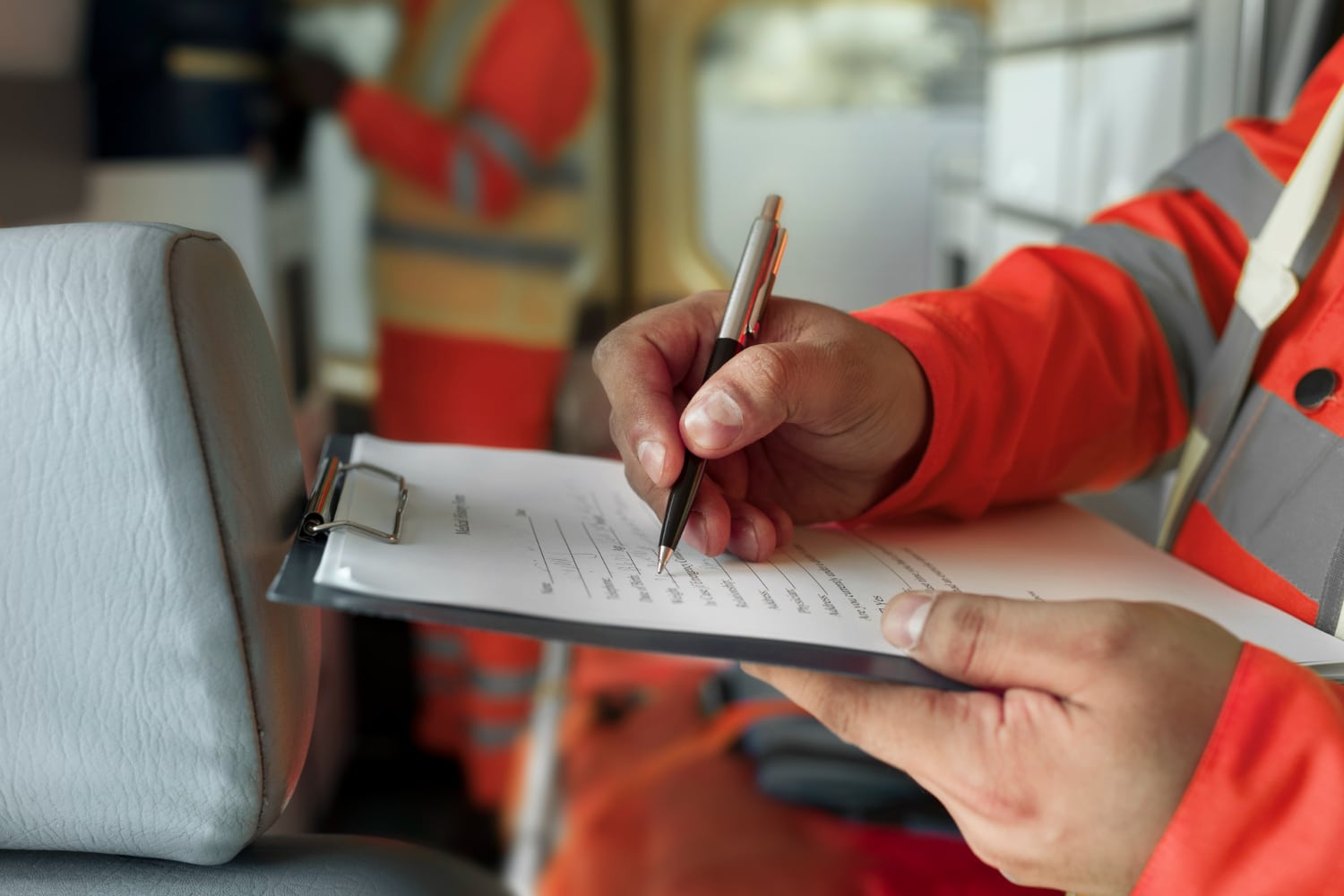Holding a high-risk work license is valuable in the construction and labour industries, regardless of your experience level. It’s not just about compliance; it’s about unlocking your full potential in high-risk roles. This guide illuminates the path to not only understanding what high-risk work encompasses but also navigating the various classes of licenses and the training required to excel. Elevate your career by mastering the skills that set you apart in the workforce.
What Are High-risk Work Licenses?
High-risk work licenses or HRWLs are licenses given to anyone who has undergone specialist training in how to perform high-risk work.
High-risk work includes jobs such as:
- Operating machinery like bobcats, forklifts, elevated work platforms (EWPs) or similar
- Erecting scaffolding
- Dogging and rigging work
- Turbine or boiler operation
Holding a licence in one of these areas demonstrates that an individual has undergone proper training in terms of operation, risk assessment, workplace health and safety, emergency procedures and more.
Types of high-risk work licenses
In Australia, there are several types of high-risk work licenses these include but are not limited to:
- Rigging
- Forklifts
- Pressure equipment
- Demolition
- Scaffolding
- Crane operation
- Hoists
- Elevated work platforms
- Backhoe/Loader operation
Within each of these licenses, there can also be variations in license class which denotes lesser or more advanced training.
Benefits Of Having A High-risk Work License
There are several great benefits to being a high-risk license holder. 
Improved Employability
Just as with any job seeker, having a broader skill set on your resume makes you more appealing to potential employers and more likely to achieve gainful employment.
In high-risk settings, having staff on site who are already trained for this is ideal. This makes you more versatile as an employee and helps employers ensure safety and compliance with safety regulations.
Increased Salary
The more skill and expertise you have, the higher the salary you can command. Undergoing training in a high-risk role can see you earning much more without the need for a lengthy degree.
Safer Workplace
Ensuring you return home safe at the end of every day and that your colleagues do too is incredibly important and something that proper training facilitates.
Enhanced Confidence
Being more skilled and experienced is not only great for your career and income prospects, it ensures you feel confident and capable.
If you feel stuck in minimally challenging labouring or construction roles, this is a great way to grow and progress to something bigger.
How To Get A High-risk Work License
Obtaining a high-risk work license is quite straightforward to do. You simply need to locate a Registered Training Organisation (RTO) in your area and book in to your desired course.
 Formal training typically takes between 2 to 4 days depending on the licence you are seeking and is followed by an assessment. This assessment is both theoretical and practical and will review how well you have retained the course content and how accurately you can apply it.
Formal training typically takes between 2 to 4 days depending on the licence you are seeking and is followed by an assessment. This assessment is both theoretical and practical and will review how well you have retained the course content and how accurately you can apply it.
On passing your assessment, you will be provided with a statement of attainment by your course facilitator. This is then submitted to WorkSafe QLD within 60 days alongside an application form for a high-risk licence.
Successful applicants will be issued a licence in line with their training which is nationally recognised and valid for 5 years. You must renew your licence in advance of the expiry date or you risk needing to complete the training again.
Reminders are usually sent by WorkSafe QLD to your nominated home or email address, giving you ample time to do this.
Things To Keep In Mind
Many of these courses have no formal entry requirements. However, they may need you to:
-
- Do some pre-course reading and study
- Have a sound understanding of English language, literacy, numeracy and visual interpretation
- Demonstrate a necessary level of physical fitness as required by Australian Government standards for this training
- Course costs are to be paid before the commencement of training, fee help is available for eligible students
- There can be limited preparation time for high-risk work license tests due to course duration, however, it is possible to resit an assessment in some instances if needed
Reduce Your Risk In High-Risk Roles With Sheer Workplace Training
At Sheer Workplace Training, we have years of experience delivering engaging, comprehensive training in high-risk work.
Our trainers have first-hand experience in these roles and are committed to ensuring all attendees achieve the highest level of competence.
Find your ideal high-risk licensing course and get started today, call 07 3901 0804 to learn more.


